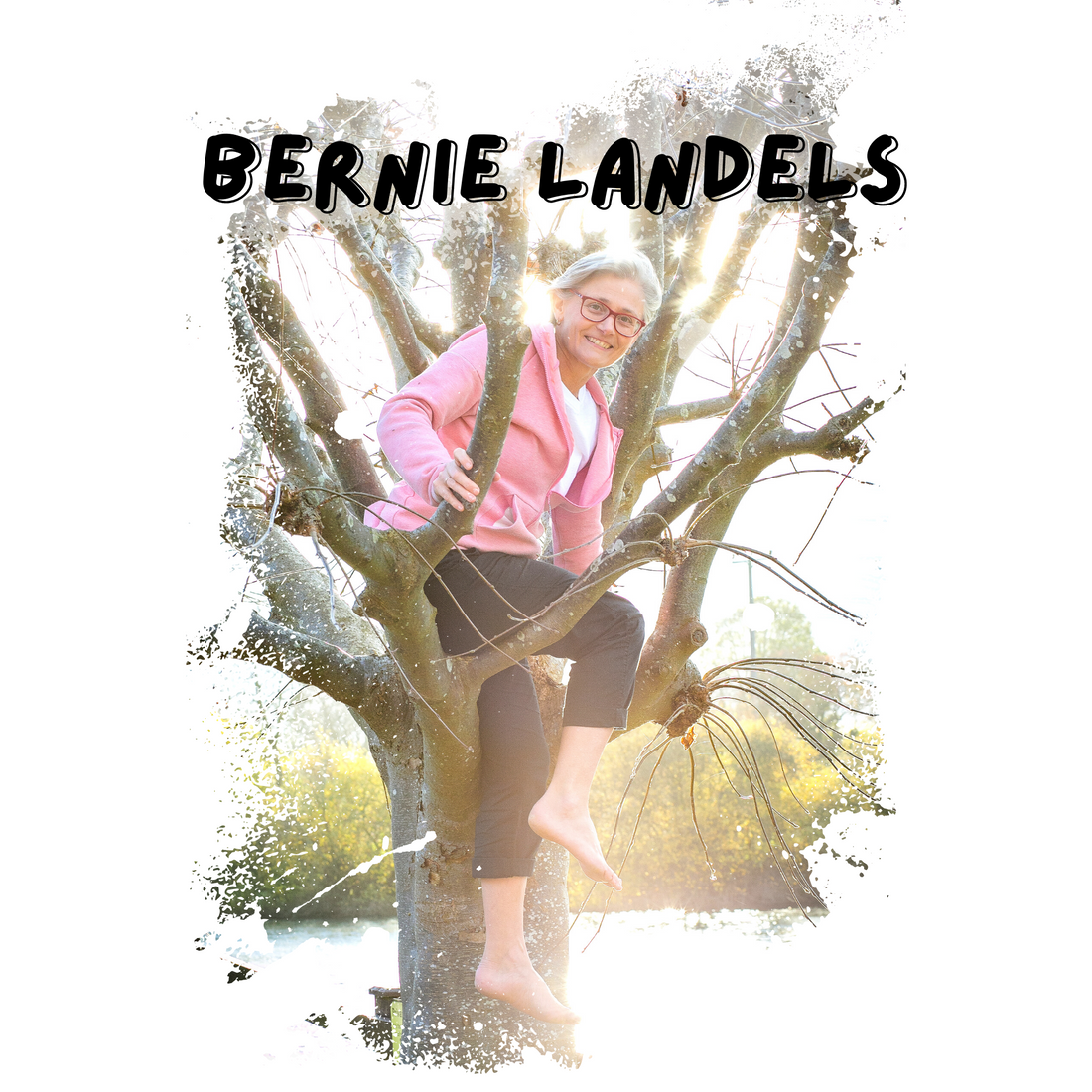Congratulations - you’re reading this because no doubt you have come across PaperKrane shoes and the great things that they (the company and the shoes) are doing for kids feet (and yours!).
It is slowly becoming common knowledge that the design of the human shoe needs to change to look and perform like a human foot, rather than something we squeeze our feet in to for the sake of societal pressure and fashion! And the primary driver for this is the health of our feet (or poor health in adult’s feet and bodies).

So what do ‘healthy’ feet look like and do? Well to determine that we need to define ‘health’. Often it’s defined as
- free from illness or injury;
- the ability to cope with demands of daily life; and
- the establishment of balance internally and with the external physical environment1.


The great news is that 99.9% of all babies are born with healthy feet - free from injury/illness, able to cope with new life and eventually as they develop their skills in walking balance is established. The other .1% are born with club feet, which is treatable as it is fundamentally a healthy foot that is somewhat mis-shaped. The fact that a baby’s foot is immature with more soft tissue than bone present especially in the midfoot make treatment viable. Some babies are born with webbed toes or an extra toe, again fitting within the healthy realm as they don’t normally affect function, or if they do surgery can assist.

Given the immaturity of the infant foot we cannot and should not compare them with adult feet, we should however look after and understand more about these young feet so that they grow into healthy adult feet.
A healthy baby foot is flat, spongy and cute!
They have a large fat pads on the soles of their feet to protect their growing bones and I believe to provide more sensory input to the brain via increased surface area coming into contact with the ground.

Arches should start to appear around 5years of age, this is around the time the final foot bone (navicular) is developing and the legs are stronger and straighter.
Foot arches may not be fully present until the age of 10 years and require movement, stimulation and freedom to develop, and then they still need to keep moving, be stimulated and free as a healthy young foot needs the arch to help walk, run, jump and skip.
A healthy foot is a cross between a trampoline and catapult with the arch dropping, stretching and absorbing the impact like a tramp, then twist and tighten to become stiff like a catapult. Sadly the word ‘arch’ gives rise to an image of a static structure which is far from the actual function of the foot. Perhaps the dome-like space under our feet should be renamed something like ‘pes vault’ (foot spring).

Allowing your baby’s feet to be free as they transition through the different milestones are preventative measures towards having healthy feet as a toddler, we must get it right in the beginning. Doing this can also help reduce the occurrence of ‘in-toeing’ (pigeon-toes) and ensure that presentations such as ‘bowlegs’ and ‘knock knees’ are temporary phases of infant growth. Presentations such as ‘metatarsus adductus’ where the foot curves inwards is also helped by being active and free, though some children need extra help with massage and physical therapy to straighten their feet. Observe any asymmetries or difficulties and have them checked by a podiatrist experienced in working with children, or if you're not sure seek help from a recommended health professional.
Beyond Baby Feet
It’s not too late though, whatever age your infant, toddler or child is they will benefit from more barefoot time and switching to, or continuing to use minimal shoes like PaperKrane’s great range (not too late for you either - it will just take a little time and learning how to transition safely).

The health of our feet does impact the rest of our body, as once upright placement of the bones, strength of the tissues can influence posture. As can wearing dysfunctional shoes.
Our feet are designed to be mobile and adaptable structures, freedom in the first few years will provide a solid foundation. Keeping them free (or freeing them if you are new to this wonderful world of free feet!) is vital for both the health of our feet and bodies, throughout our life.

Top tips for healthy feet - at any age - to keep them free from illness/injury and provide support:
- Barefoot as much as possible
- Shoe-Free zones at home
- Expose soles to different surfaces and textures
- Massage feet, ankles and legs
- Keep nails trimmed (cut straight and not too short)
- Use PaperKrane shoes when feet need protecting
- Make sure socks and shoes do not leave dents in skin - if they do they’re too tight
- Get outdoors on different surfaces and terrains, go tree climbing and find opportunities to challenge the feet
“If we start our kids out by wearing minimalist shoes, there will be no adaptation that’s needed as adults and I believe that this could be one piece of the holy grail in reducing musculoskeletal injuries in adults.”
DR IRENE DAVIS, PROFESSOR AT HARVARD MEDICAL SCHOOL
1. The Meanings of Health and its Promotion, N Sartorius https://www.ncbi.nlm.nih.gov/pmc/articles/PMC2080455/
By Bernie Landels
Bernie is a barefooted Certified Structural Integration Practitioner (IASI) and Infant Massage Instructor (IAIM) with a passion for feet. Author of ‘Finding Their Feet - Every parents guide to milestones & movement’, she draws on her years in clinical practice in NZ and UK to share why feet are a vital part of development and the foundations for health and wellbeing.

